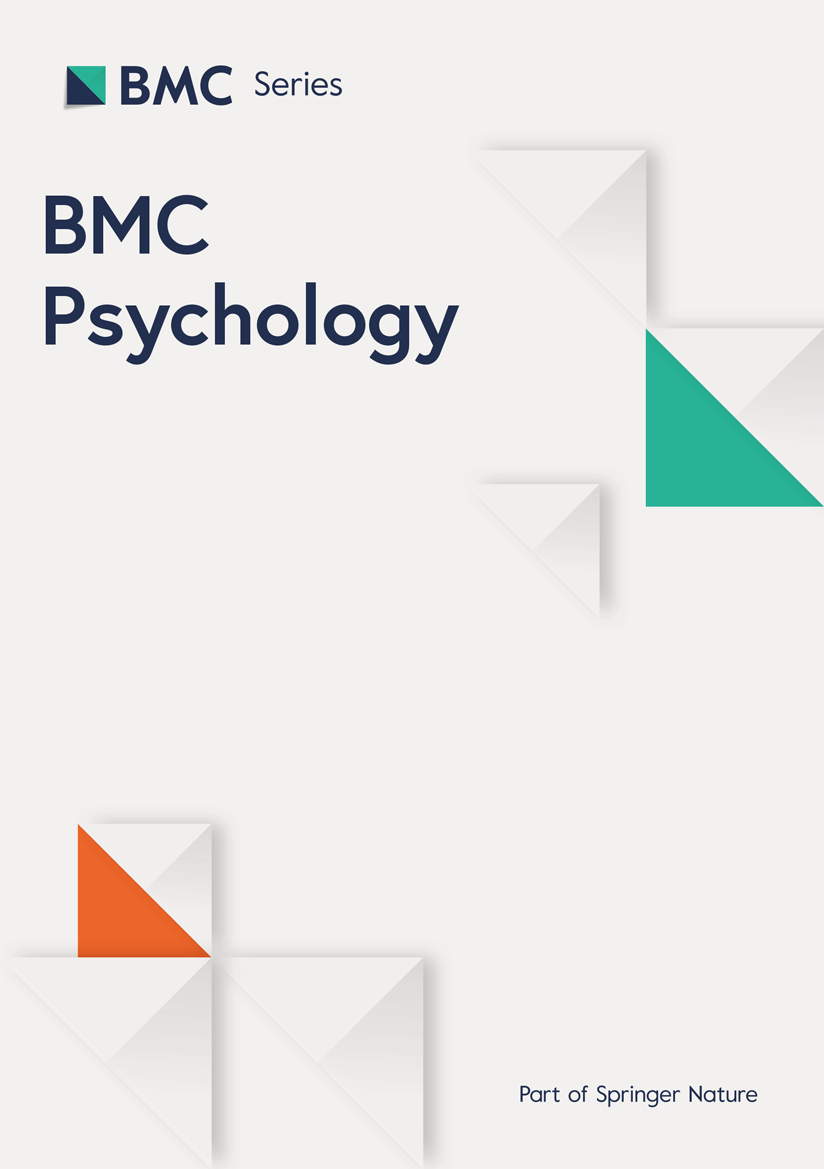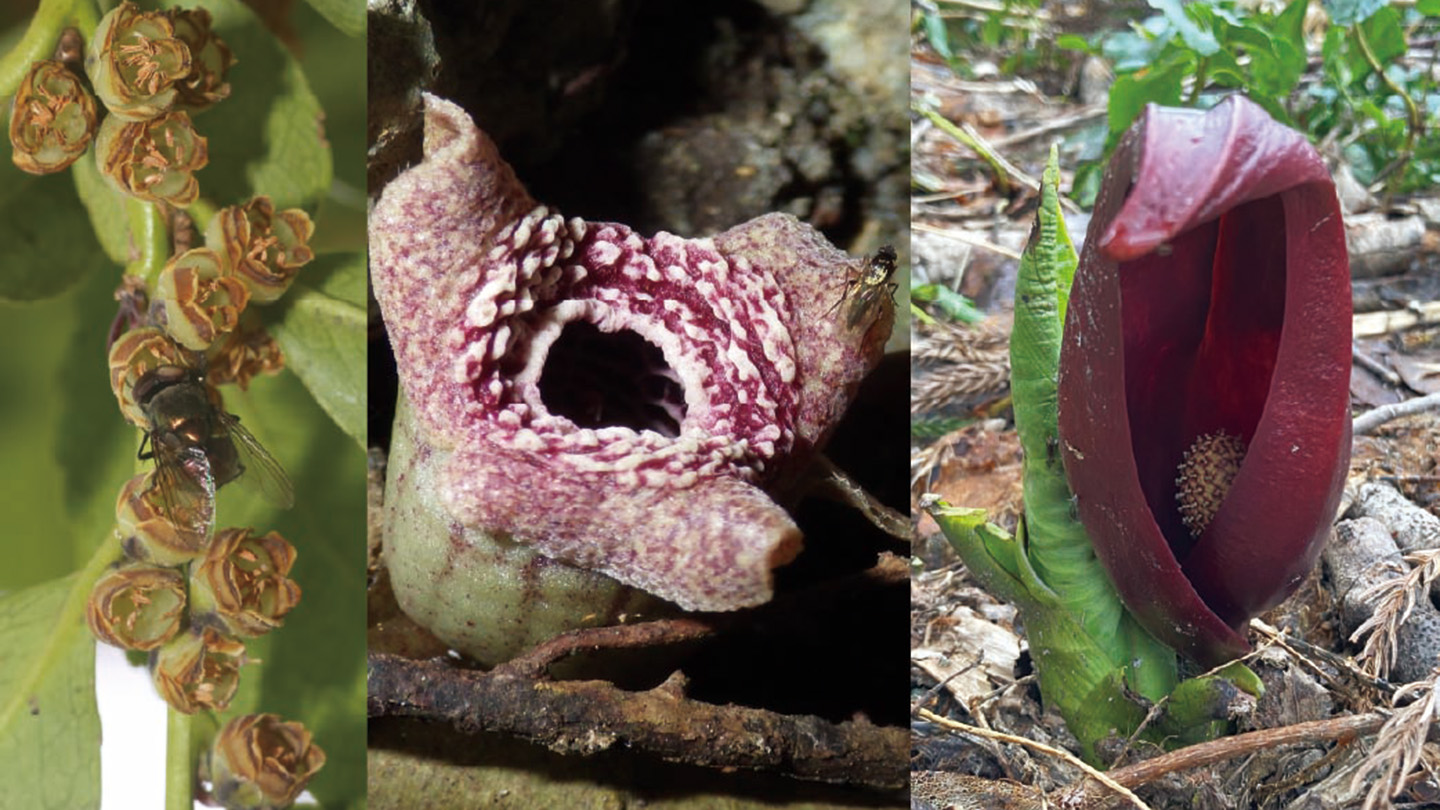This study highlights a concerning prevalence of pediatric HIV among high-risk children admitted to a tertiary care hospital in Sukkur, Sindh. The HIV positivity rate of 9.6% observed in our study is significantly higher than national estimates, which suggest that approximately 2.2% of total HIV cases in Pakistan occur in children under 15 years of age [1]. A striking finding is that none of the HIV-positive children had parents who tested HIV-positive, strongly suggesting a non-vertical (horizontal) route of transmission. Globally, vertical transmission remains the predominant mode, accounting for over 90% of pediatric HIV infections according to UNAIDS and WHO [12]. In contrast, 50% of our cohort had a history of unsafe injection practices and 41.7% had received blood transfusions—indicating possible iatrogenic transmission. This pattern is consistent with the 2019 Larkana outbreak, where most HIV-positive children had HIV-negative mothers and shared histories of repeated injections with unsafe equipment [7, 13].
The gender distribution in our sample showed a slight male predominance (58.3%), consistent with some international data, although no biological rationale is firmly established. This may reflect healthcare-seeking behavior or sampling variation due to the small sample size [12, 14,15,16]. Geographically, most HIV-positive children were from Sindh (75%)—notably Khairpur, Kashmor, Ghotki, and Sukkur—while the remaining 25% were from adjacent districts in Balochistan. These areas share common healthcare challenges: poor immunization coverage, inadequate infection control, and widespread use of informal healthcare services, all of which may contribute to the transmission. This distribution reinforces earlier reports that Sindh carries the highest burden of HIV/AIDS in Pakistan [6].
Clinically, failure to thrive, weight loss, and chronic diarrhea were prominent features, aligning with classical pediatric HIV presentations. It is also concerning that only 33.3% of HIV-positive children were fully vaccinated, increasing their risk of preventable opportunistic infections [6,7,8,9,10,11].
These findings highlight the urgent need for broader HIV screening criteria in pediatric populations, extending beyond children of HIV-positive mothers. The absence of vertical transmission and the strong association with unsafe medical practices call for immediate public health action, including improved infection control, stricter regulation of medical procedures, and safer transfusion protocols.
Tuberculosis co-infection was found in 16.7% of cases—slightly lower than Pakistan’s national estimate of 23% [11]. None of the children tested positive for hepatitis B or C, which differs from findings in adult HIV cohorts. This points to a localized pattern of pediatric HIV transmission, primarily driven by unsafe healthcare practices rather than maternal transmission. Efforts were made to trace all HIV-positive children identified during the study. The corresponding author personally contacted caregivers using mobile numbers from hospital records. One patient had died, and two were successfully referred to the HIV Treatment Center in Larkana for antiretroviral therapy. The remaining families, however, did not follow through with care due to transportation barriers, financial constraints, and stigma. In response, hospital administration has been notified of the HIV burden, and protocols for screening high-risk admissions have been formalized. A formal request has also been submitted to the Sindh AIDS Control Program to establish a dedicated HIV treatment unit in Sukkur, aiming to reduce reliance on referral centers in distant districts.
These findings call for immediate, multi-level interventions. Routine HIV screening should be expanded to include all high-risk pediatric admissions. Infection prevention practices must be reinforced across healthcare facilities. Public education campaigns should target early testing and reduction of stigma. Immunization efforts must be scaled up for vulnerable children. Finally, it is essential to address broader social determinants—poverty, health literacy, and care accessibility—to reduce the pediatric HIV burden in this region.






